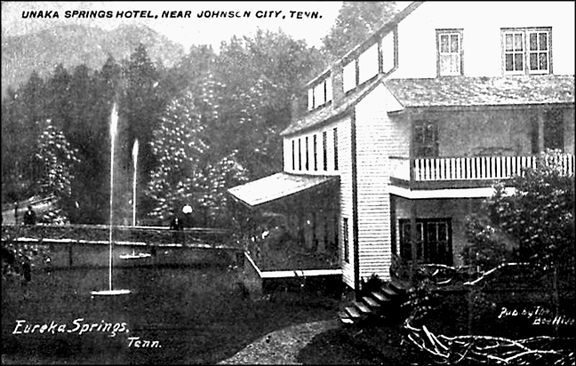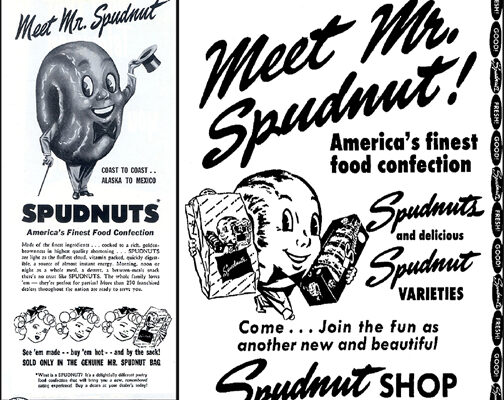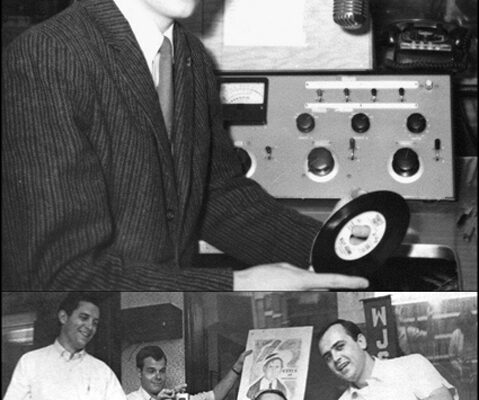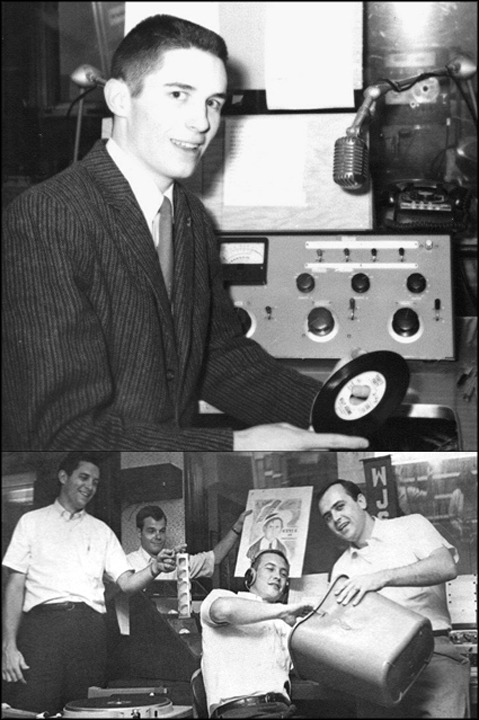Today’s column contains excerpts from six notes I received from Press readers. If you would like for me to include your comments in a future “Yesteryear Mailbox” article, please forward them to me.

York Trivette: “I’m enclosing a picture of the Spot Steak House (421 E. Main Street, owned by Don and Bill Bradford). It was located about where McDonalds is now situated. I am sure that only a very few of your readers will remember what it was called before it became The Spot. It was known as The Roxy (“The Students Rendezvous Spot”), owned by Carl Woods. This was just prior to World War II. Also, his brother, J.H. Woods, owned the Bypath that was located at 212 N. Roan Street at Millard Street, adjacent to Central Baptist Church. The Bypath later became the property of Dick Cox, who renamed it The Gables.”
Charlie Mears: “My family stayed at the Rio Motel in 1963 for a few weeks when my father took a new job in Johnson City. Is the building that still exists with various shops in it on N. Roan Street across from the Johnson City Mall where the Rio was located or was that the Greystone Motel?” Yes, Charlie, the motel with the shops was indeed the Rio Motel. The Greystone sat farther south toward town along the same side of the road. Beverly Court was at Sunset Drive and fairly close to the Rio. The Mears family had the distinction on April 20, 1964 of being recognized as newcomers to the area by the Johnson City Press-Chronicle. The publication honored their move from Atlanta, Georgia to the city with a write-up in the paper.
Rob Bowman: “I was at the Blue Moon Dinner Theater the other night. Do you know anything about the building where they are located? It's at 215 E. Main Street. I think that it used to be the Liberty Theater. There appears to be the projection room visible in the back. From what I could find, the Liberty was at 221 Main Street, then it became the Vogue Dress Shop. The addresses don’t add up. ” Rob, the Liberty Theatre was at 221 E. Main and Wallace Shoes was situated at 215 E. Main. When the Liberty Theatre closed about 1957, it became the New Vogue, owned by Louis Millin, who previously owned the Vogue Dress Shop at 129-31 W. Market Street. He closed one business and opened another with a slightly different name.
David Templeton: I have been searching for a restaurant we once visited somewhere within two or three hours of, or maybe much closer, to Kingsport. My mother had a yen to run a restaurant and heard about one that might be affordable as her starter. We traveled one weekend to see the restaurant and I remember that it had a large coffeepot atop the restaurant, oh, maybe eight feet tall, and a remarkable effigy of a percolator. It would have been probably early 1956. Mom eventually opened a restaurant closer to home on Highway 11-W near Church Hill, Tennessee. The picture of the coffeepot restaurant has stuck in my mind and I have often tried to recollect where it was located. The one I'm trying to find was close to the Tri-Cities area.” Maybe a reader can answer that one.
Carol Wilson: “In your recent article, the Walter Wilson, who was honored by the Kiwanis Club, was my great-grandfather. We believe there is a copy in ETSU’s library or historic archives of the ancestry and descendants of Walter Clement Wilson (1862-1942) and Amanda Melvina Snethen Wilson (1861-1925) written by his granddaughter, Esther Wade Bare. Your article referenced Sophronia as his wife. She was his second wife. Amanda was his first wife and the mother of his children.”
Ben Hall: “The picture of the 1942 “J” Club members in your recent column is a great one. The person third from right, front row (identified as ?3) is me. I lettered in tennis for two years and often played doubles with Roy Holloway. Mr. Johnson, not shown in the picture, was our coach and he would drive us to and from matches in his old green car, which we named ‘the green hornet.’”








